Denmark’s Storstrom Prison designed by CF Moller centres the inmates and their well-being as its most pivotal design element
Storstrom Prison, on the island of Falster has been designed by Danish architecture practice CF Møller for the country’s Prison and Probation Service. Following a design competition in 2010, work started in 2012 and the 35,000 sq m complex opened late last year.
Storstrøm Prison is the setting for the world’s most humane and re-socialising closed prison, with architecture which supports the inmates’ mental and physical well-being and also ensures a secure and pleasant workplace for employees.
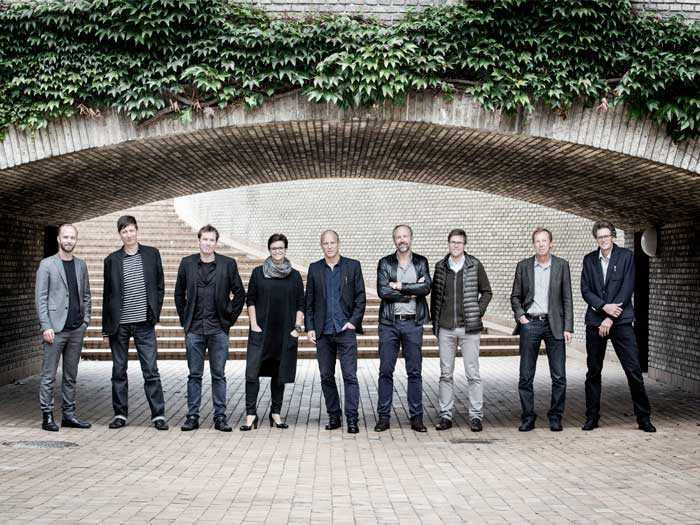
One of the project’s major architectural challenges is for the high-security prison, which can accommodate around 250 inmates, to be less institutionalised. The overall architectural intent is to create a facility that echoes the structure and scale of a small provincial community. This will ensure a familiar and varied experience of the prison environment and keep the prison’s institutional atmosphere to a minimum.
The townlike structure also resembles the surrounding villages, and is thus a natural element of the landscape. To create further variation, facades and roof ridges are angular in different ways and the facade materials alternate between light-coloured bricks and a combination of concrete and galvanised steel – all durable materials which weather beautifully and do not need much maintenance.
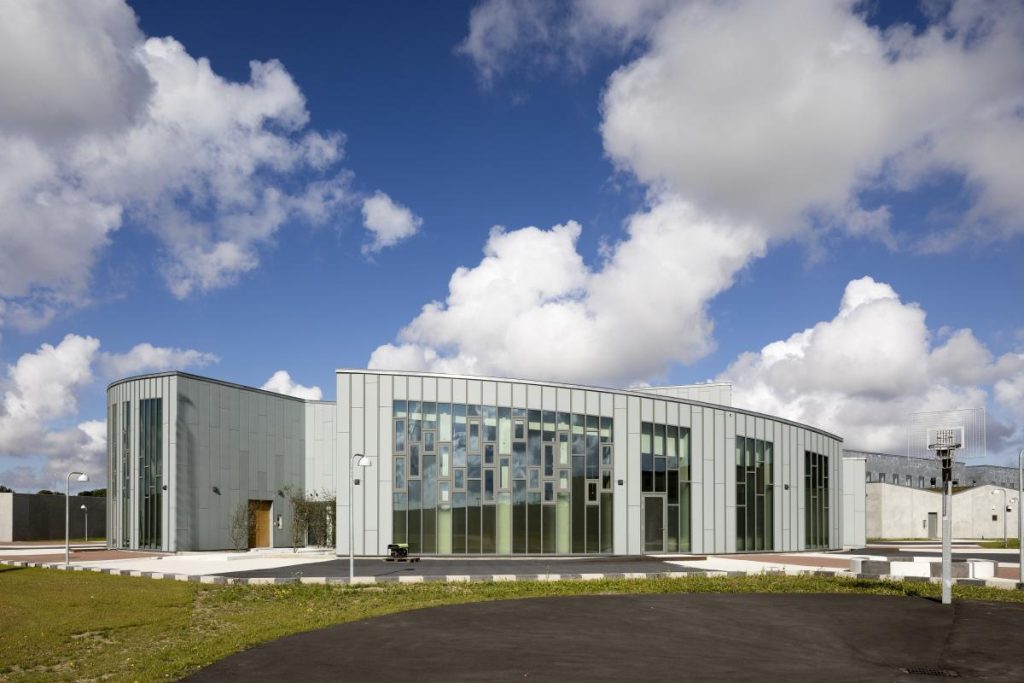
The cells are gathered in units comprising four to seven cells, placed around a social hub. The units have access to a living room area and a shared kitchen, where the inmates prepare their own meals. The living room areas are decorated in colours which are less institutional, just as structurally-integrated art and artworks created especially for the prison can be found throughout the prison.
Daylight is important for people’s well-being and each cell has daylight flowing in from two windows, from where the inmates also have views of the surrounding landscape and the sky. Physical activity is also important for the inmates’ mental social welfare, and both indoors and outdoors, there are opportunities for sport, games and physical exercise.
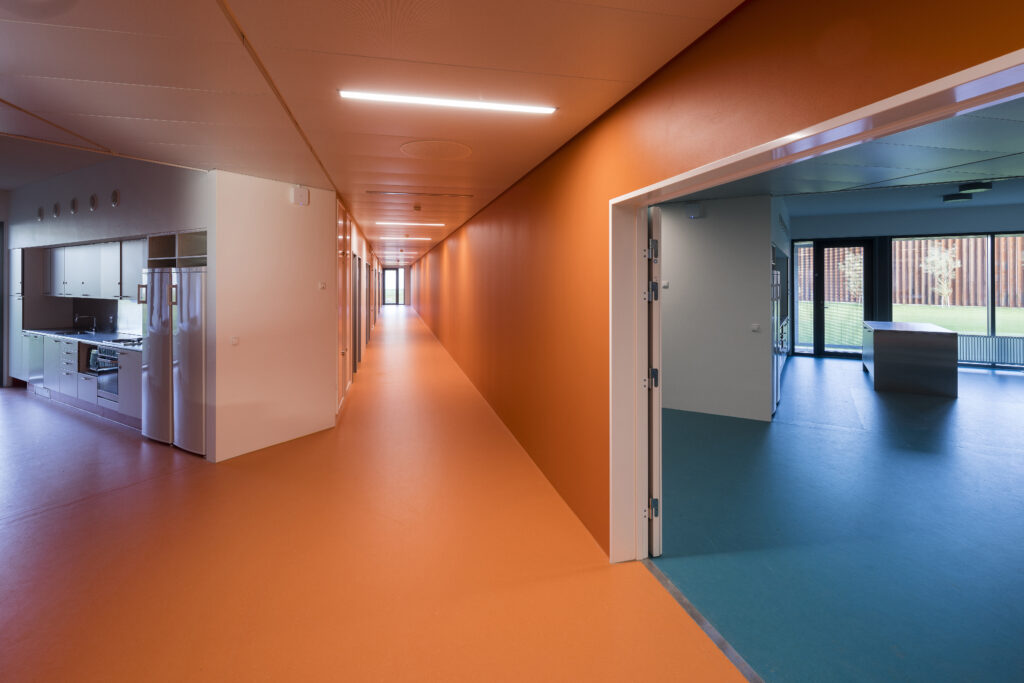
This is CF Moller’s first prison project, but working on similar rehabilitative architecture such as hospitals has informed many of its design decisions. “We see rehabilitative architecture as a set of tools, where architecture with all its soft qualities comes into play, maximising the quality of the spaces we create,’ project architect Hansen explains.
‘It’s about providing a certain harmony between landscape, light, colour, space and materials, ensuring a certain quality of life. Rehabilitative architecture is where you crack open the human dimension of a project. It is where destination architecture takes a hike and phenomenological experience of built space takes over. Without quality architecture you lose the ability to rehabilitate.’
Content and images sourced from various internet resources


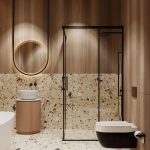
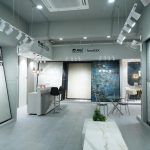
GIPHY App Key not set. Please check settings